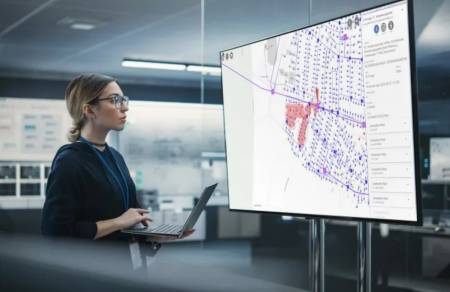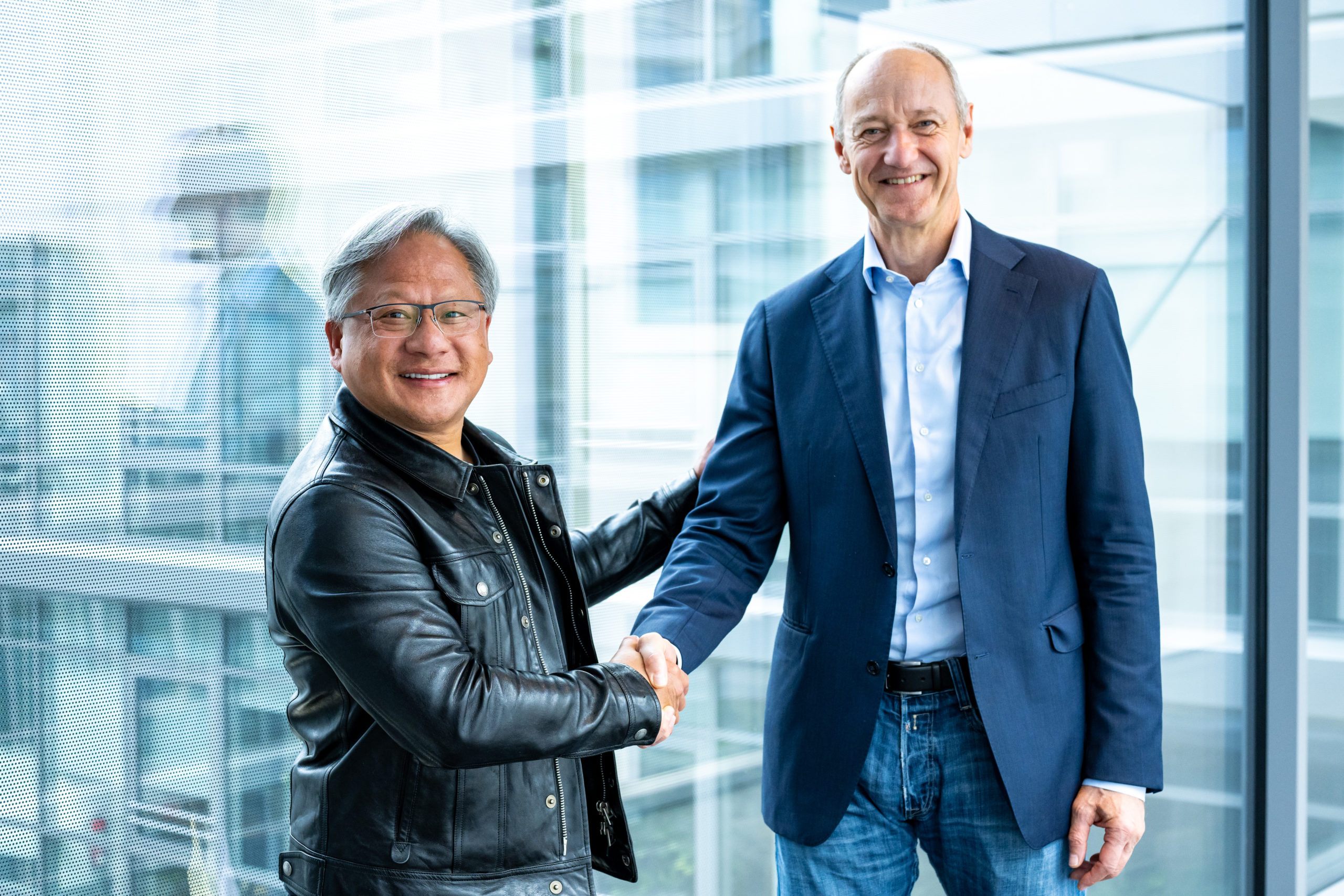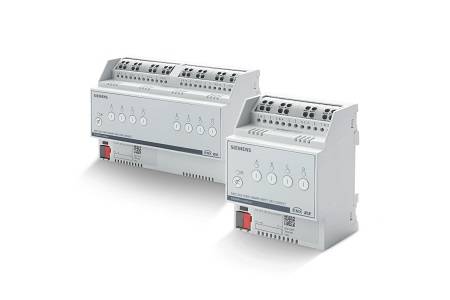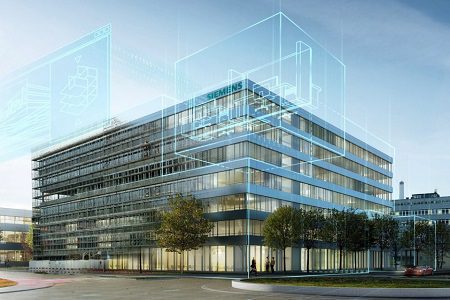
Siemens presents new security software
Siemens is taking another important step to accelerate the energy transition: As an industry first,

Siemens is taking another important step to accelerate the energy transition: As an industry first,

Siemens announced an expansion of their partnership to enable the industrial metaverse and increase use

Liechtensteinische Kraftwerke (LKW) has chosen sustainable medium-voltage switchgear from Siemens. The new 5-field NXPLUS C

Internet-of-Things (IoT) vendors are adopting OPC UA technology for edge-to-cloud applications. The growing list includes

Siemens Smart Infrastructure has added two new variants of KNX binary inputs to its portfolio

Siemens Smart Infrastructure has added two new variants of KNX binary inputs to its portfolio

Siemens Smart Infrastructure has signed an agreement to acquire digital twin software for buildings from

Siemens Smart Infrastructure has launched its new selector application for protection devices as part of

Siemens is helping the world-famous Hallé orchestra cut its costs by 35% through energy reduction.
The Lilacs International Commercial Centre completed in January 2016, is a landmark building in Shanghai’s Pudong business district and the latest addition to the world famous, futuristic Shanghai skyline.
Copyright notice This website and its content is copyright of Security Buyer – © Hand Media International LTD 2021. All rights reserved. Any redistribution or reproduction of part or all of the contents in any form is prohibited other than the following: you may print or download to a local hard disk extracts for your personal and non-commercial use only you may copy the content to individual third parties for their personal use, but only if you acknowledge the website as the source of the material You may not, except with our express written permission, distribute or commercially exploit the content. Nor may you transmit it or store it in any other website or other form of electronic retrieval system.